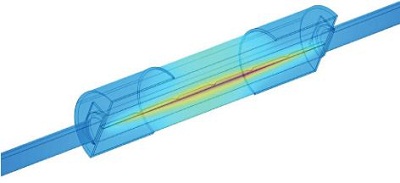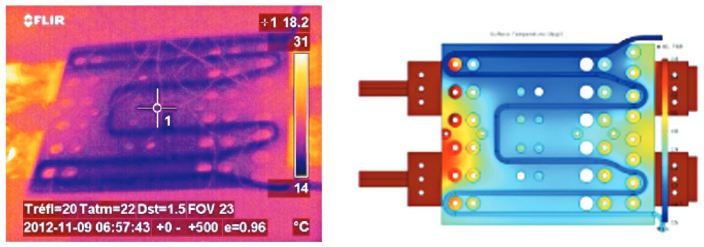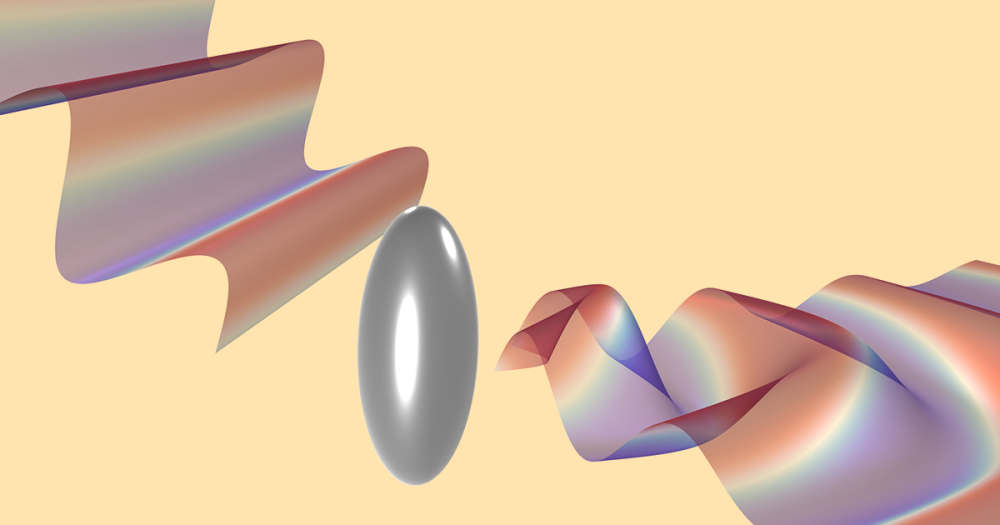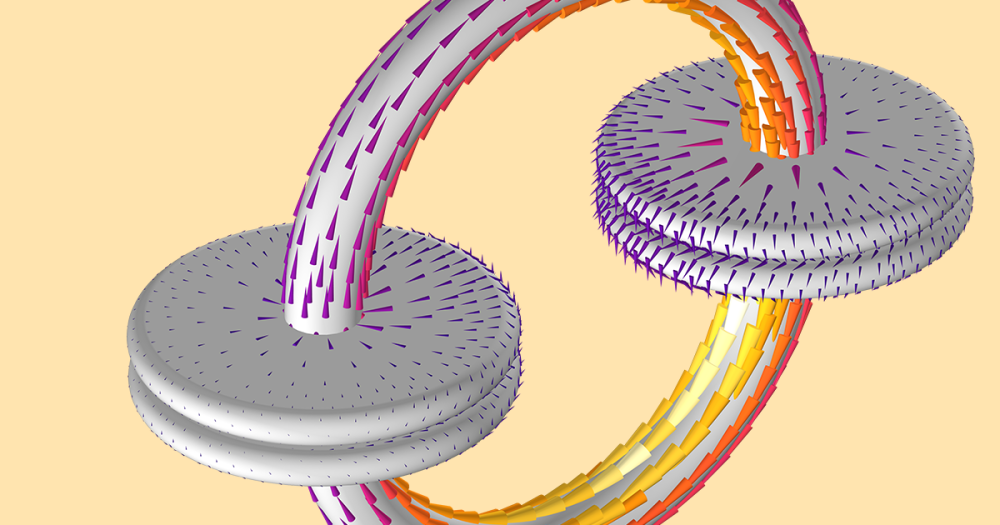
Joule heating is a fairly standard type of simulation for COMSOL users nowadays. It involves solving for electrical voltage and temperature fields simultaneously with highly temperature-dependent material properties. Controlling Joule heating is very important when designing and manufacturing electrical systems components. The electric protection group at manufacturing company Mersen France used to base their busbar and fuse designs on trial-and-error, but these days they turn to COMSOL Multiphysics.
Modeling Joule Heating for Optimized Busbar and Fuse Designs
When it comes to protecting electronics components and thereby the entire system or equipment, fuses and busbars are essential. A few examples of where fuses are involved include wind turbines and photovoltaic systems on the higher end and semiconductor devices on the lower end, as mentioned by Jean-Louis Gelet and Antoine Gerlaud of Mersen France in the user story “Control of Joule Heating Extends Performance and Device Life“.
They go on to mention that regardless of size, fuses operate on the same basic principle; a metal strip is heated up, and if there is an excessive flow of current, the fuse vaporizes. Upon melting, the fuse will sometimes continue to conduct because the newly-created gap is bridged by an electric arc. It is vital to quench this arc as it can put people, equipment, and the environment at risk. According to the two researchers at Mersen, quenching the arc is the most difficult part of optimizing their fuse designs. Hence, they have now turned to simulation for the design stage. Leaving trial-and-error methods behind, they can now understand what goes on inside the fuse, adjust the cross section and fuse element thickness to reach the desired thermal response, and produce fuses that are smaller in size and less prone to arcing.

Simulation of a fuse. Image courtesy of Jean-Louis Gelet and Antoine Gerlaud, Mersen France.
While fuses are used for electric protection, busbars are used for power transfer in situations where large currents need to be conducted over a short distance and to multiple loads. The busbars designed by Mersen consist of laminates with a film of insulating material added between conducting plates at different potentials. To avoid displacement, the film is attached with glue. The glue or the insulation itself may be destroyed if the temperature of the busbar exceeds a certain limit. If this happens, a dramatic short circuit can occur, leading to deformation of the busbar.
It makes sense then, that Mersen is highly concerned with eliminating hot spots in the busbars they design. Via thermal modeling, they can learn what happens inside the layers while also saving on testing and development costs.

Busbar modeling. Left: Thermal image. Right: Simulated version. Image courtesy of Jean-Louis Gelet and Antoine Gerlaud, Mersen France.
Further Reading
- Catch the full user story here
- Joule heating simulations tutorial videos






Comments (0)